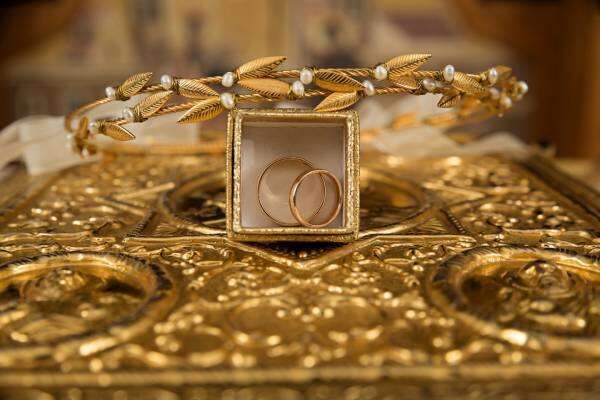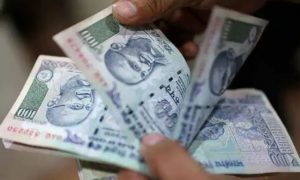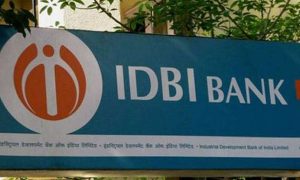The objective of the Gold Monetisation Scheme (GMS) was to mobilise gold held by households and institutions, enabling its utilisation for productive purposes, and ultimately diminishing the country’s dependence on imports of the precious metal.
Read More: Rupee Falls 3 Paise To 83.41 Against US Dollar In Early Trade
Gold can be deposited for short-term (one to three years), medium-term (five to seven years), or long-term (12 to 15 years). The interest rate on your deposit is contingent on the chosen tenure.
If you opt for annual payments, you will receive simple interest on your deposits. Conversely, if you choose to receive payments upon maturity, the interest rate will be cumulative (compounding annually). The mode of payment must be selected at the time of deposit.
For short-term investments, where the duration is one to three years, you have the option to withdraw either the physical gold or its equivalent value in rupees at prevailing prices.
However, for medium- and long-term deposits, withdrawals are permitted only in the form of rupees at prevailing prices, and physical gold cannot be withdrawn. Investors can start their investment with as low as 10 grams of gold.
GOLD MONETISATION SCHEME: WHAT IS THE ELIGIBILITY?
The new Gold Monetisation Scheme is open to investment by all resident Indians.
Hindu Undivided Family (HUF)
Companies
Charitable institutions
Proprietorship and partnership firms
Read More: IndusInd To Catholic Syrian, 4 Banks Offering 8 Percent Interest Rate On FDs For Senior Citizens
Trusts, including Mutual Funds/Exchange Traded Funds registered under SEBI (Mutual Fund) Regulations,
Central Government
State Government
Other entities owned by the Central or State Government
STEPS TO APPLY:
A qualified depositor can initiate a ‘Gold Deposit Account’ with any designated bank upon satisfying the KYC norms. Typically, deposits within the scheme are submitted to the CPTC/GMS Mobilisation, Collection & Testing Agent (GMCTA).
This agent assesses the purity of the customer’s gold in their presence, issues deposit receipts for gold meeting the standard of 995 fineness, informs the respective bank about the deposit, and provides deposit receipts to the depositor.
The designated bank will then credit the Short-Term Bank Deposit (STBD) or Medium/Long-Term Government Deposit (MLTGD) account of the customer, based on the type of deposit, either on the same day the depositor receives the deposit receipt or within 30 days of the gold being deposited at CPTC/GMCTA. This is irrespective of whether the depositor submits the receipt.
Read More: Where, When And How To Invest For Tension-free And Financially Secure Retirement
Subsequently, interest on deposits will commence from the date of conversion of the deposited gold into tradable gold bars or 30 days after the receipt of gold at the CPTC/GMCTA, whichever occurs earlier.





































